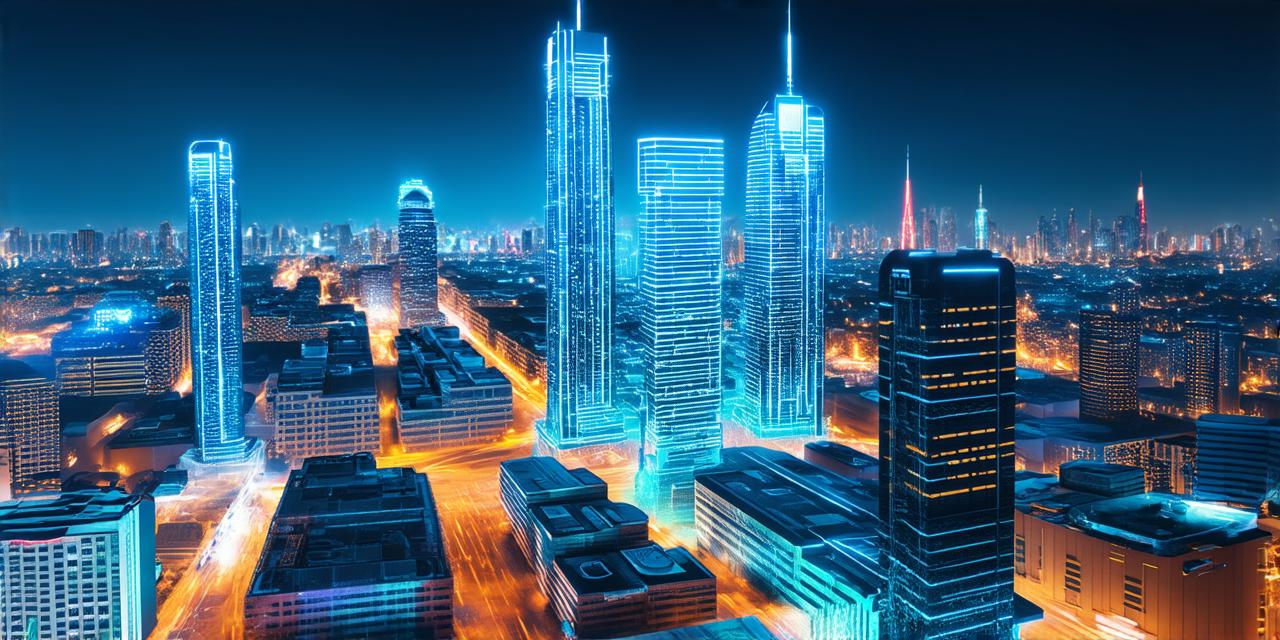AR technology is becoming increasingly popular in various industries such as gaming, marketing, and education. AR technology allows users to enhance their real-world environment with digital elements such as images, sounds, and animations. In this article, we will explore the typical characteristics of augmented reality and how it differs from other forms of immersive technology.

What is Augmented Reality?
Augmented Reality (AR) is a type of interactive experience where computer-generated images, sounds, and other digital elements are superimposed onto the real world. AR can be experienced through a smartphone or tablet using an app that has access to the device’s camera and sensors. The goal of AR is to create a seamless blend between the real world and the digital world, allowing users to interact with both in a natural and intuitive way.
Key Characteristics of Augmented Reality
1. Interactivity
AR technology allows users to interact with digital elements in a variety of ways. Users can tap, swipe, or gesture to control the behavior of digital objects, making for an engaging and interactive experience. For example, in the popular AR game Pokémon Go, players can catch virtual creatures by tapping on their smartphone screens.
2. Real-time Processing
AR requires real-time processing of data from the device’s camera and sensors. This allows for a seamless integration of digital elements into the real world, creating a responsive and immersive experience. For instance, in the IKEA Place AR app, users can see how furniture would look in their home in real-time by using the device’s camera to superimpose digital versions of IKEA products onto their environment.
3. Geolocation Awareness
AR technology is often geolocation aware, meaning it can detect the user’s location and use this information to provide relevant and localized content. For example, in the Snapchat AR app, users can add filters and lenses that are specific to their current location.
4. Social Sharing
Many AR experiences can be shared on social media platforms, allowing users to showcase their interactions with digital elements to friends and family. For instance, in the game Ingress, players can share their progress and achievements on Google+.
5. Educational Potential
AR technology has the potential to revolutionize education by providing students with a more interactive and engaging learning experience. AR can be used to create virtual field trips or simulations that allow students to explore historical events or scientific concepts in a more immersive way. For example, the AR app Aurasma can be used to create interactive museum exhibits that allow visitors to learn about different artifacts and objects in a more engaging way.
Case Studies of Augmented Reality in Action
1. Pokémon Go
Pokémon Go is a popular AR game that has captured the imagination of millions around the world. The game uses real-world locations as a backdrop for digital battles between Pokémon creatures, creating an immersive and interactive experience. For example, players can catch virtual creatures by tapping on their smartphone screens while walking through a park or city street.
2. IKEA Place
IKEA Place is an AR app that allows users to visualize furniture in their home before making a purchase. The app uses the device’s camera to superimpose digital versions of IKEA products onto the user’s environment, allowing them to see how the items would look and fit in their space. This has been especially useful during the pandemic, as many people are unable to visit physical IKEA stores.
3. Aurasma
Aurasma is an AR platform that allows users to create and share interactive experiences. The platform can be used for a variety of purposes, including marketing, education, and entertainment. For example, Aurasma can be used to create virtual try-on experiences for makeup or clothing products, or to create interactive museum exhibits.
Future of Augmented Reality
AR technology is constantly evolving, and its potential applications are virtually limitless. As the technology becomes more advanced and affordable, we can expect to see AR integrated into a wide range of industries, including healthcare, manufacturing, and construction. For instance, in the healthcare industry, AR can be used to provide patients with real-time visualizations of their medical procedures, while in the manufacturing industry, AR can be used to provide workers with real-time information about products they are working on.
